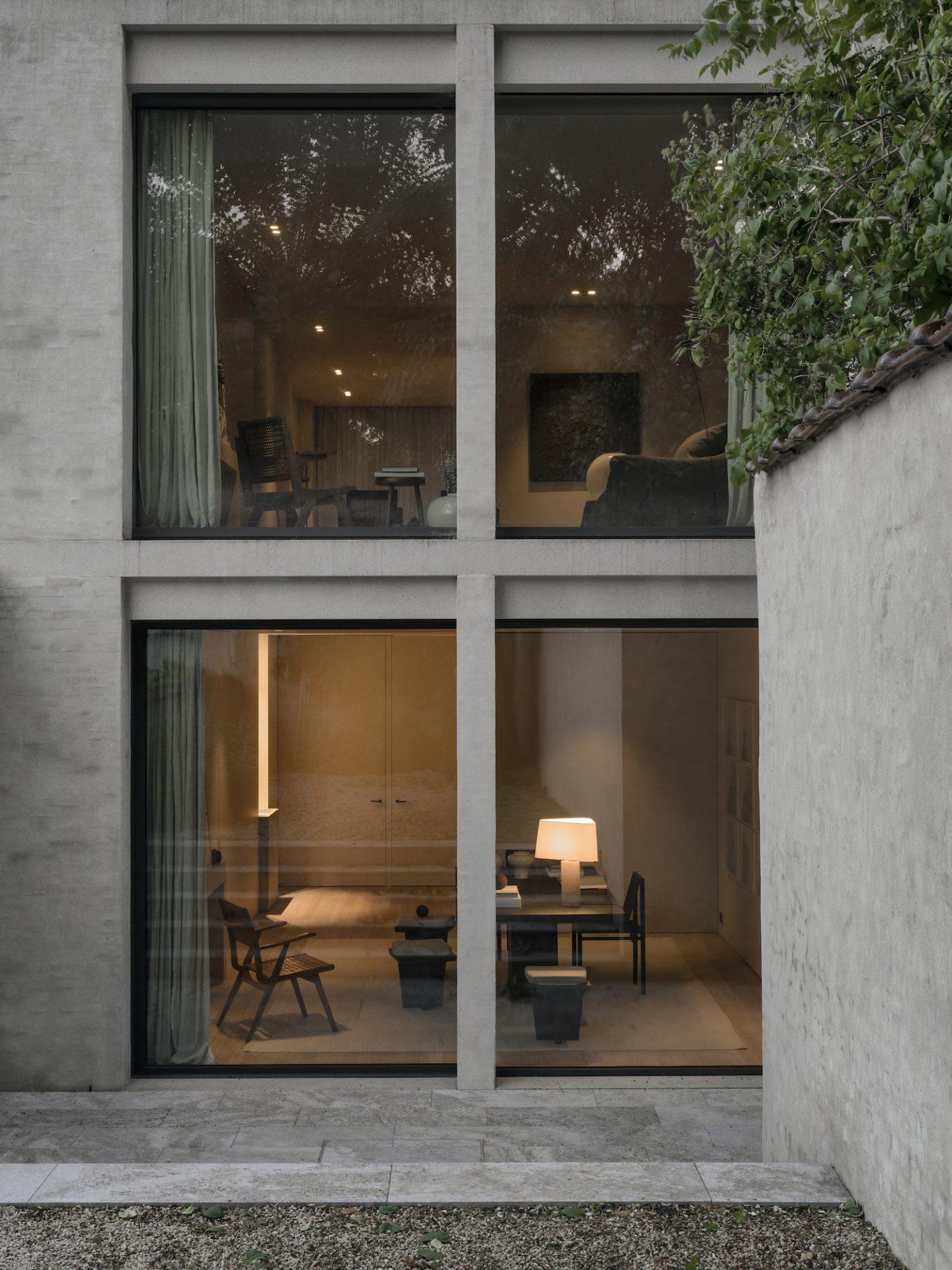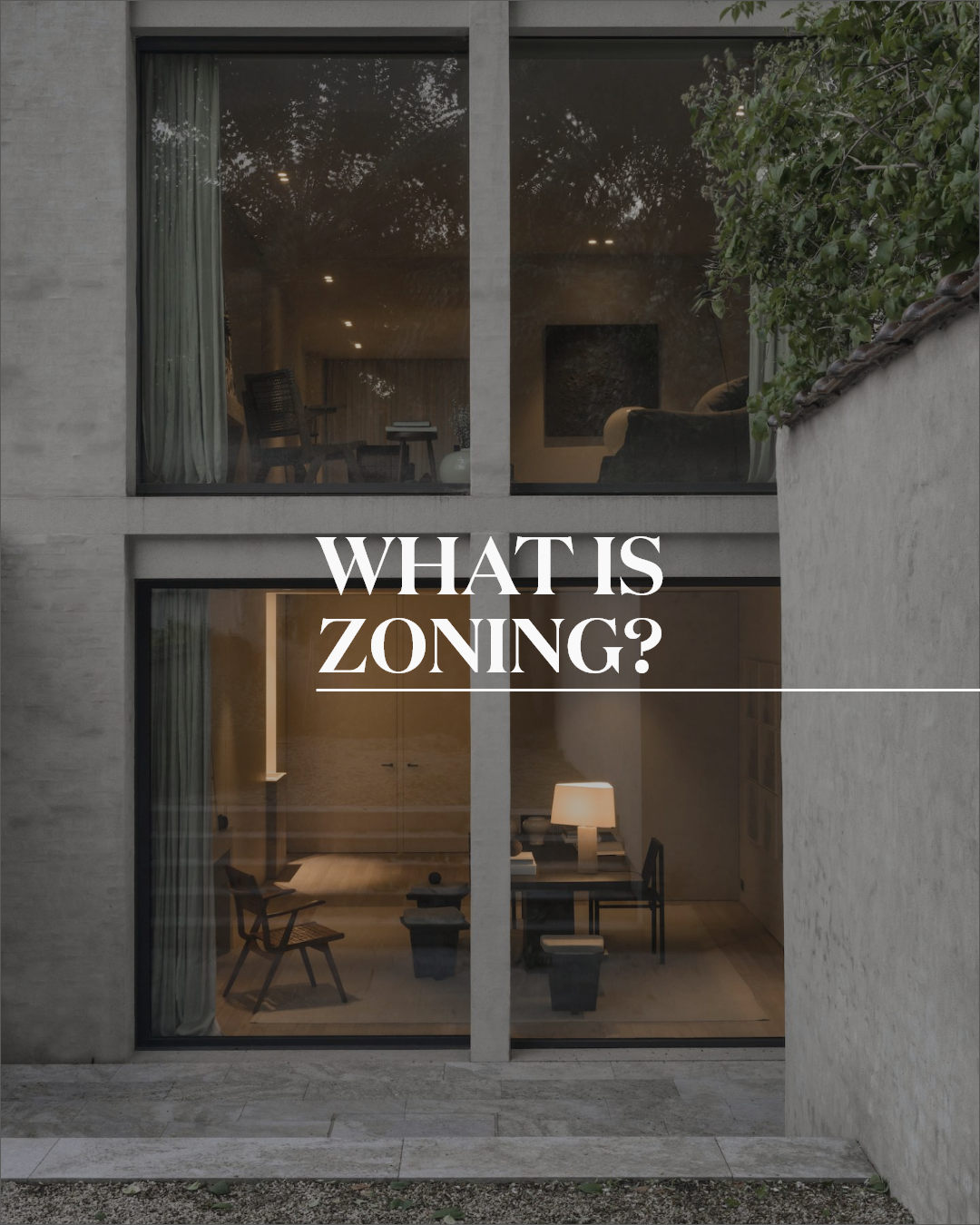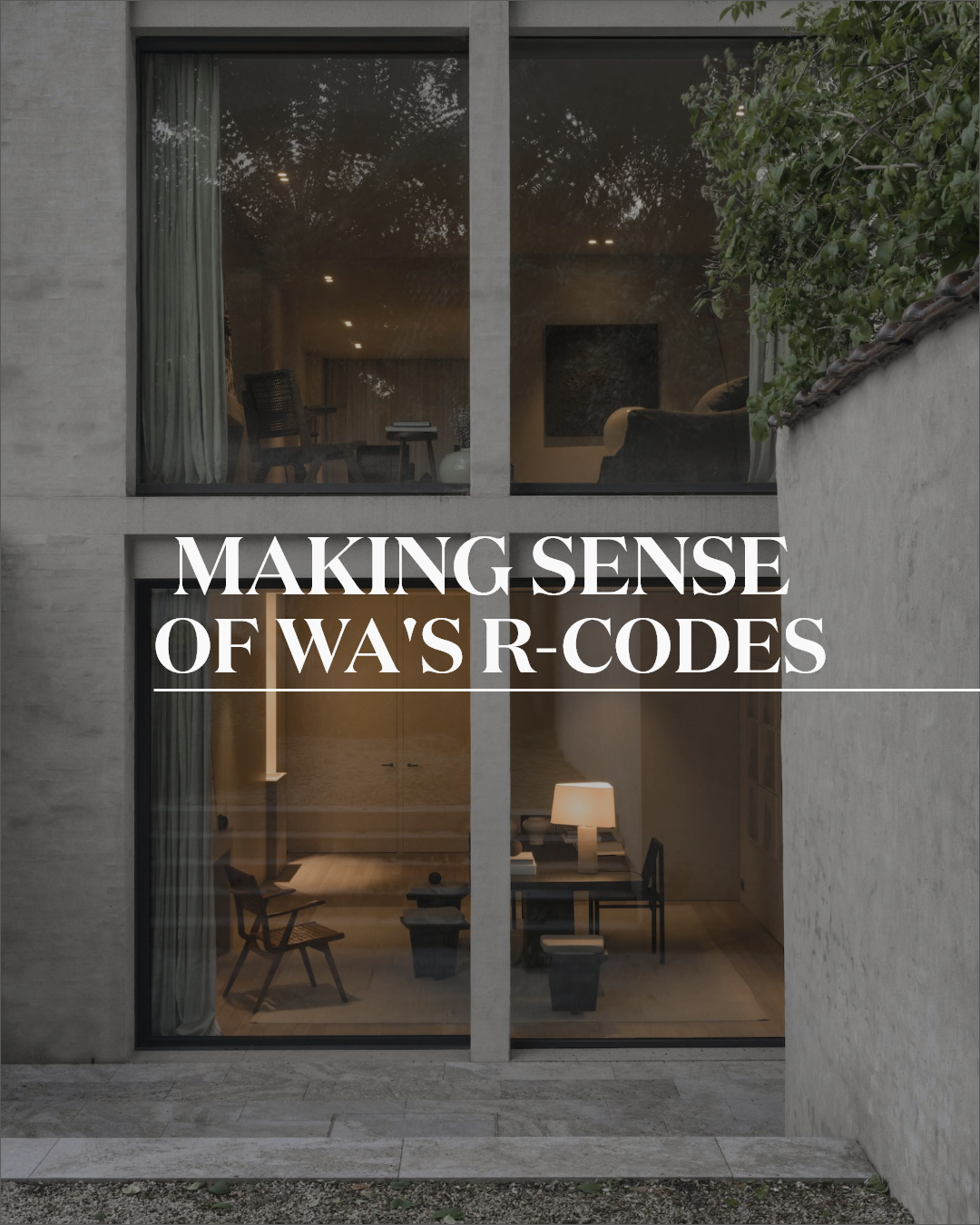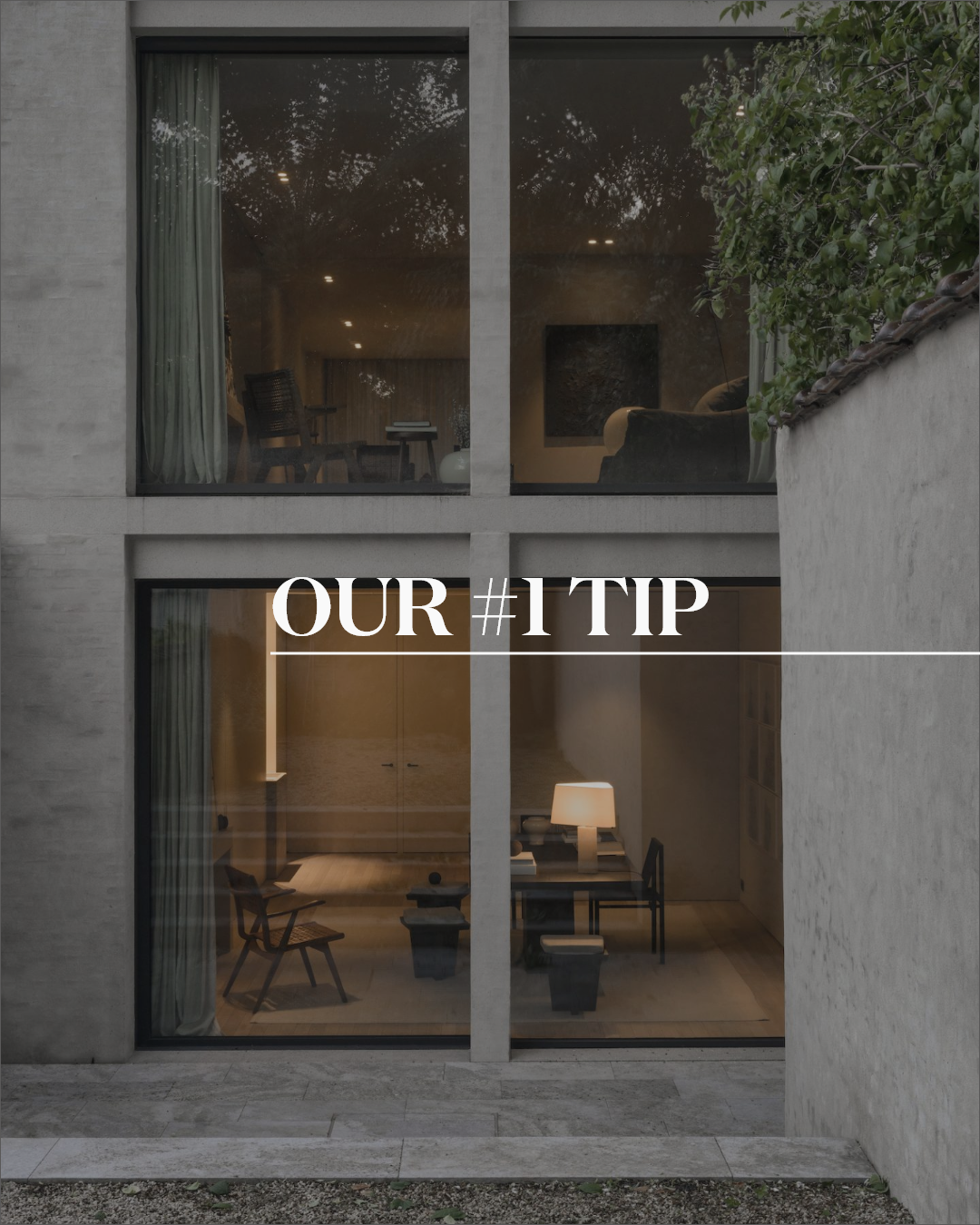
Your Guide To Zoning in WA
Before you fall in love with a property or start dreaming up renovation plans, it’s worth understanding one crucial detail that shapes what you can (and can’t) do with the land: zoning.

Zoning in WA is a bit like playing Tetris—local governments decide how each piece of land fits into the bigger picture. But unlike the game, clearing lines isn’t the goal, especially if heritage listings are involved.
These regulations divide land into specific zones including:
- Residential: Where people live, ranging from low-density single homes to high-density apartments.
- Commercial: Business districts where commerce happens, from small neighbourhood shops to major retail centres.
- Industrial: Zones for manufacturing, logistics, and storage facilities—think factories, distribution centres, and workshops. You’ll often find these areas on the outskirts of suburbs or near major transport routes, where heavier activity won’t disrupt residential life.
- Rural: Land set aside for agriculture, horticulture, or conservation—often with larger lot sizes and minimal infrastructure. These areas include places like Gidgegannup, Chittering, or parts of the Swan Valley, where you’ll find farmland, wineries, and bushland
- Special Purpose: Areas designated for specific uses like hospitals, universities, or facilities where important things happen that don't fit neatly elsewhere.

In WA's residential zones, you'll encounter the mysterious "R-Codes" (Residential Design Codes), which determine how densely homes can be built. The R-code number generally represents the number of dwellings per hectare (10,000 square meters) that are permitted in an area. For example, R20 zoning indicates a density of 20 dwellings per hectare (or 10,000 square metres). So if you had a 1000sqm block zoned R20, you could generally build 2 dwellings.
Think of them as the ultimate planning guidelines for neighbourhoods:
R2–R5:
These are very low-density residential zones, typically allowing large lot sizes (e.g. R5 requires a minimum of 2,000m² per dwelling). If your home is zoned R2–R5, it likely means your property is surrounded by more open space, fewer neighbours, and limited potential for subdivision or development—ideal for those seeking privacy and a more rural or semi-rural lifestyle.
R10–R30:
These codes represent standard suburban density, common across many Perth neighbourhoods.
R10 typically requires a minimum lot size of 875m² per dwelling
R20 allows around 450m² per dwelling
R30 drops to about 300m² per dwelling
If your home is zoned within this range, it generally means a single house per block is permitted, but depending on the lot size and code, subdivision may be possible (especially from R20 upwards). These areas balance space and practicality—think family homes with backyards, driveways, and a bit of room to breathe.
R40–R60:
These are medium-density residential zones, where a mix of townhouses, villas, and small apartment developments are typically permitted.
R40 allows around 220m² per dwelling
R50 drops to 180m²
R60 allows as little as 150m² per dwelling
If your property is zoned within this range, it may be suitable for small-scale multi-unit developments—especially attractive to downsizers, investors, or developers. These areas often offer a walkable lifestyle, with access to shops, public transport, and community facilities.
R80 and above:
These are high-density residential zones, typically allowing for apartment buildings and multi-storey developments.
R80 permits around 120m² per dwelling
R100, R160 and higher codes allow even greater density, often used for larger apartment complexes or mixed-use developments
If your property is zoned R80 or above, it likely sits in a strategic location—near transport hubs, activity centres, or key urban corridors. These zones are designed to support compact living, making them ideal for developers and buyers looking for low-maintenance, inner-suburban or urban lifestyles.

Before you fall hopelessly in love with a property, check its zoning. That charming cottage might be earmarked for future commercial use—meaning your quiet, tree-lined street could one day buzz with foot traffic, coffee runs, and delivery vans. Great if you love the convenience of cafés on your doorstep, but not so ideal if you're after peace, privacy, and slow Sunday mornings. Western Australia's planning system is gradually evolving toward greater standardisation and sustainability. The trend toward higher-density living near transport and activity centres continues, while heritage preservation remains a significant focus.
While the above provides a general guide, there are many site-specific factors—like shape, slope, access, and local council policies—that can impact what’s actually possible, so it’s always best to do your own due diligence or speak to a planning expert before making any decisions.
If you’re having trouble making sense of zoning in WA, we’re here to help! Get in touch by filling out the form below.